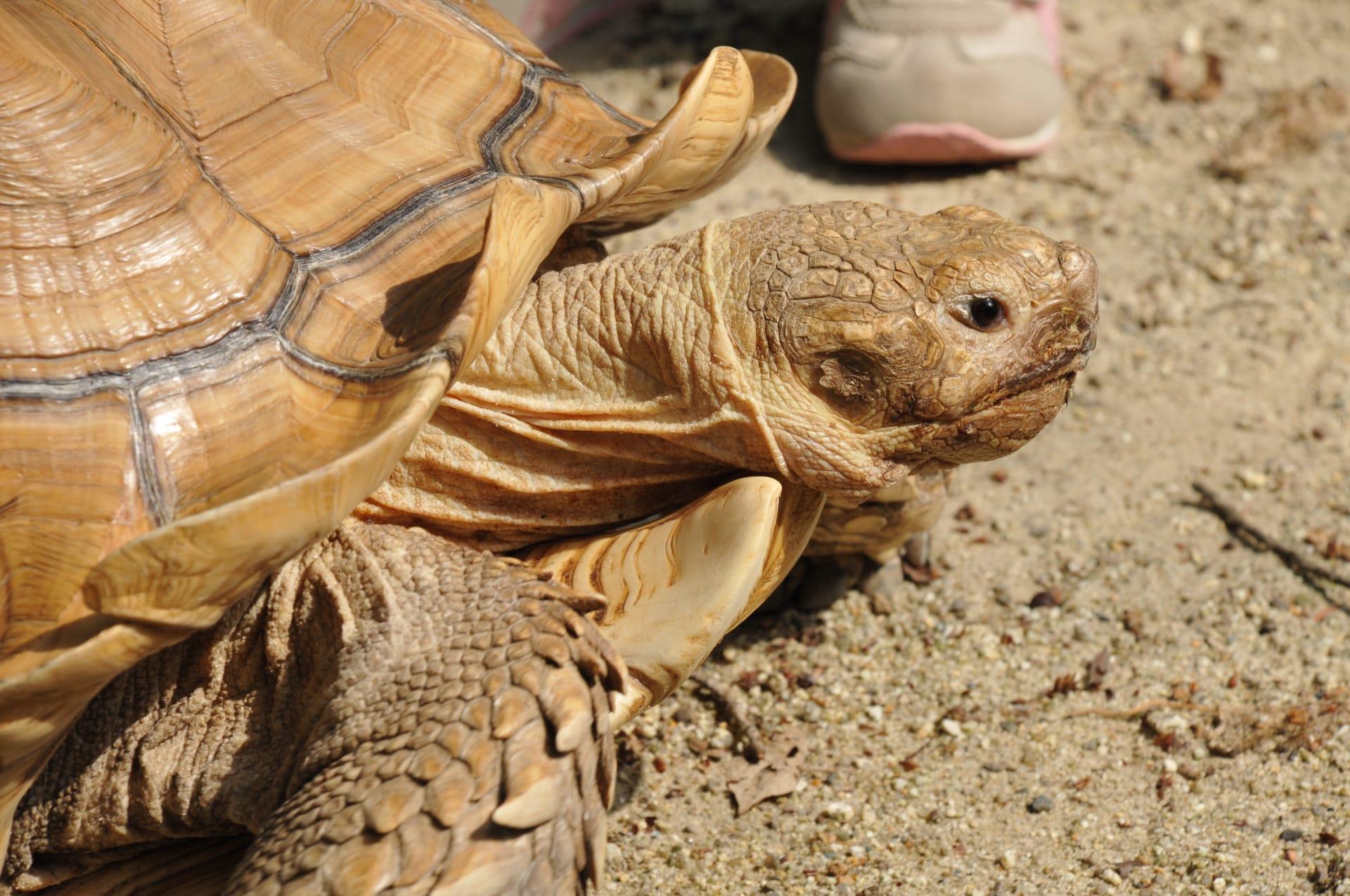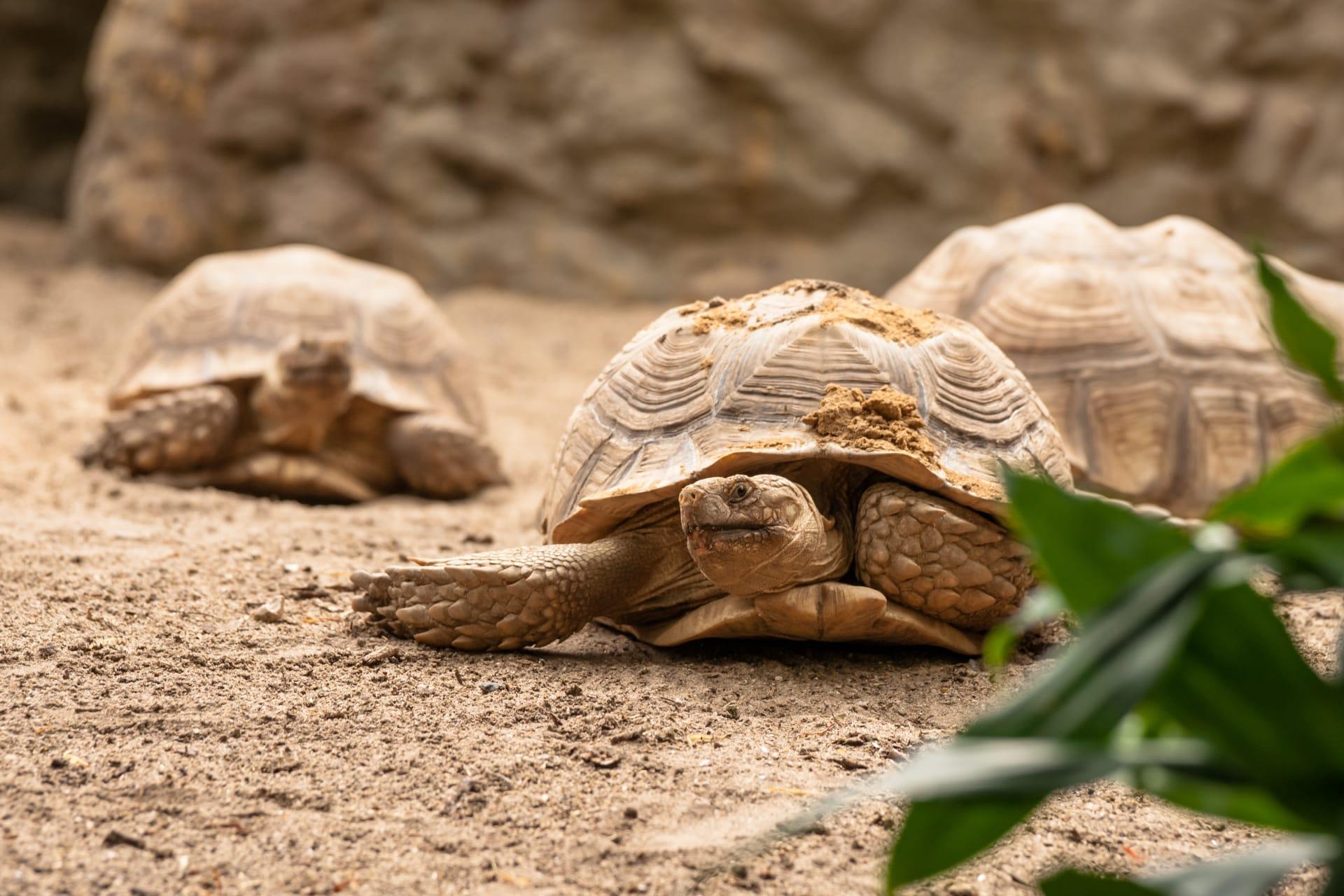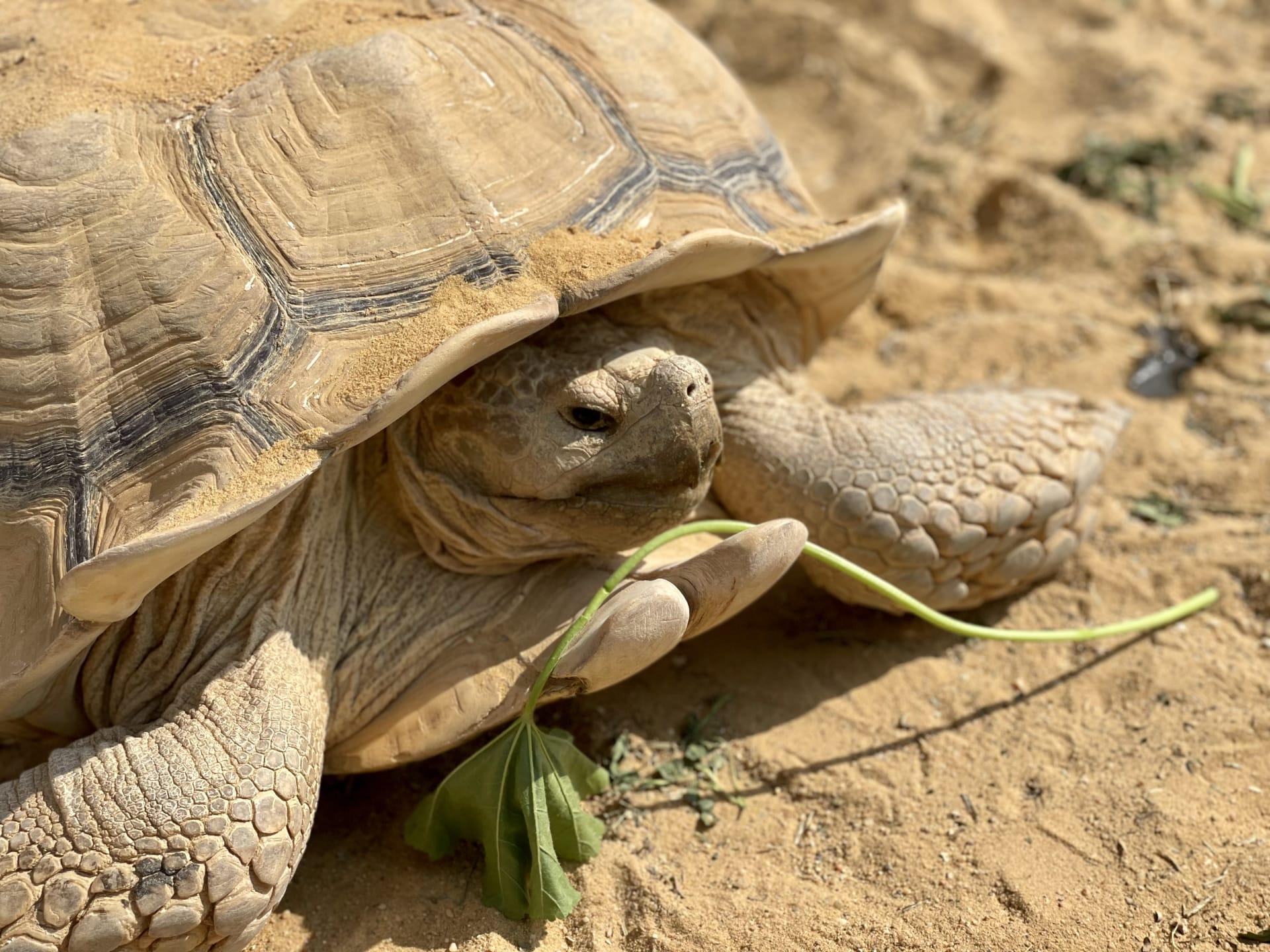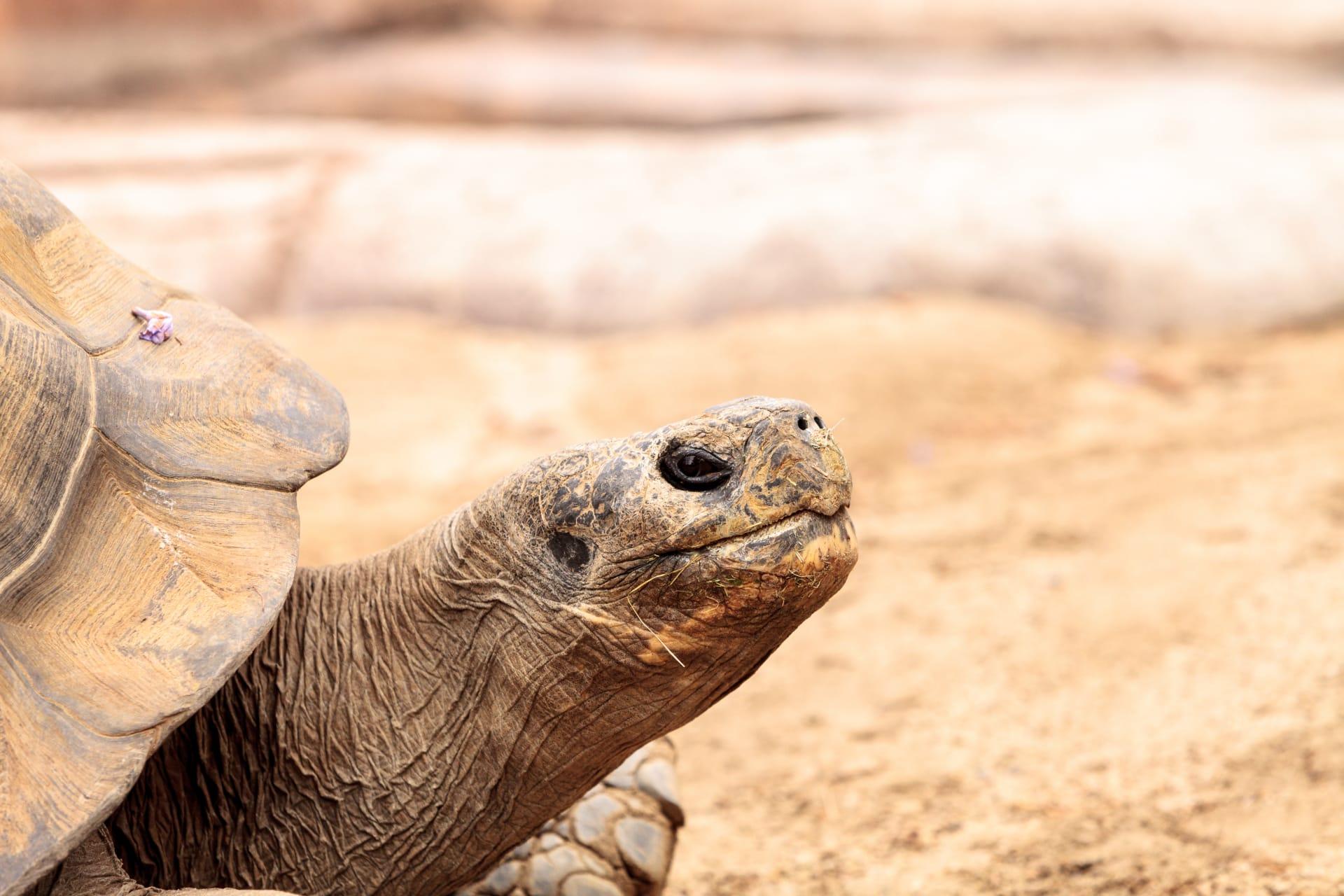1
The Western Desert Tortoise, a remarkable creature inhabiting the southwestern United States, showcases a unique adaptation to its arid environment. One fascinating fact is its ability to live up to a year without access to fresh water. They achieve this by storing water in their bladders, which can hold up to 40% of the tortoise's body weight. This stored water is not just for hydration; it also helps them regulate their internal salt balance, a critical survival mechanism in the desert. During times of drought, these tortoises can reabsorb water from their bladder, allowing them to endure prolonged periods without a water source.
Another intriguing aspect of the Western Desert Tortoise is its slow metabolism, which is perfectly adapted for survival in a harsh desert environment. These tortoises can live for over 80 years, with some individuals reaching 100 years. Their longevity is partly due to their slow growth rate. They take 15 to 20 years to reach sexual maturity, growing only a few millimeters per year. This slow growth is a strategy to conserve energy and resources, which are scarce in their desert habitat. By minimizing their energy expenditure and growing at a leisurely pace, these tortoises can thrive in conditions that would be challenging for faster-growing species.

2
Western Desert Tortoises are known for their impressive burrowing skills. They spend up to 95% of their life underground, using burrows to escape the extreme temperatures of their desert habitat. These burrows, which can be up to 6 meters (almost 20 feet) long, provide a stable environment, maintaining a temperature between 50°F and 85°F (10°C to 29°C), even when outside temperatures soar above 140°F (60°C) or drop below freezing. This ability to create and utilize burrows plays a crucial role in their survival, offering protection from predators and harsh weather conditions.
Another distinctive trait of the Western Desert Tortoise is its communication method. They communicate through a variety of body language and sounds. One notable behavior is their 'gular bobbing,' where they extend and retract the gular (throat) region in a series of movements. This is often used as a sign of territoriality or during courtship rituals. Additionally, they produce a range of vocalizations, including hissing and grunting sounds, particularly during mating season. These sounds are used to attract mates and establish dominance, adding a unique auditory element to their otherwise silent world.

3
The diet of the Western Desert Tortoise is surprisingly diverse and plays a crucial role in their ecosystem. They primarily feed on grasses, wildflowers, and cacti, with a preference for native plants. Interestingly, their consumption of cacti is facilitated by their thick, scaly lips, which protect them from the sharp spines. Their diet changes with the seasons, and during the spring, they consume large amounts of flowers, which provide them with much-needed water and nutrients. The tortoises play an essential role in seed dispersal, helping to maintain the biodiversity of their desert habitat.
Remarkably, the Western Desert Tortoise has a unique physiological response to wildfires. During fires, they can survive by retreating into their burrows, which offer protection from the heat. After a fire, they emerge to feed on the new growth of vegetation, which is more nutritious and easier to digest. This post-fire feeding frenzy aids in their survival and recovery, showcasing their resilience and adaptability to the unpredictable desert environment.

4
One of the most striking features of the Western Desert Tortoise is its shell, which is not only a defense mechanism but also a highly efficient thermoregulatory tool. The shell's color, ranging from light tan to dark brown, helps in reflecting sunlight and regulating body temperature. The shell also has growth rings, similar to those of a tree, which can help determine the age of the tortoise. These rings are more pronounced in younger tortoises and become less distinct as they age.
Another interesting fact is the Western Desert Tortoise's role in its ecosystem as a keystone species. Their burrows provide habitats for other desert animals, including birds, mammals, and invertebrates. This makes them vital for the survival of these other species, as the burrows offer shelter and a stable microclimate. Moreover, their feeding habits aid in plant pollination and seed dispersal, contributing to the health of their desert environment. Their existence and behavior significantly impact the overall ecosystem, emphasizing the importance of their conservation.

5
The reproductive behavior of the Western Desert Tortoise is a fascinating aspect of its biology. Female tortoises lay eggs only once a year, typically in the spring or early summer. They lay between 1 to 14 eggs, with the average being around 4 to 5 eggs per clutch. These eggs are buried in nests, which the female carefully constructs in the soil. The incubation period ranges from 90 to 120 days, depending on the temperature. Interestingly, the sex of the hatchlings is determined by the incubation temperature, with higher temperatures generally producing more females.
Finally, the Western Desert Tortoise exhibits a unique survival strategy during droughts and food shortages. They enter a state of aestivation, a form of dormancy similar to hibernation. During aestivation, they reduce their metabolic rate, conserving energy and resources. This state can last for several months, during which they remain in their burrows, emerging only when conditions improve. This adaptation is crucial for their survival in the unpredictable and often harsh conditions of the desert, allowing them to endure periods of scarcity and emerge when the environment is more hospitable.